This was published 1 year ago
A thousand cuts: Geelong is growing, but its budget is in a hole
Geelong is in the grip of an economic and governance crisis. How did a council that saw all its members sacked seven years ago end up here again?
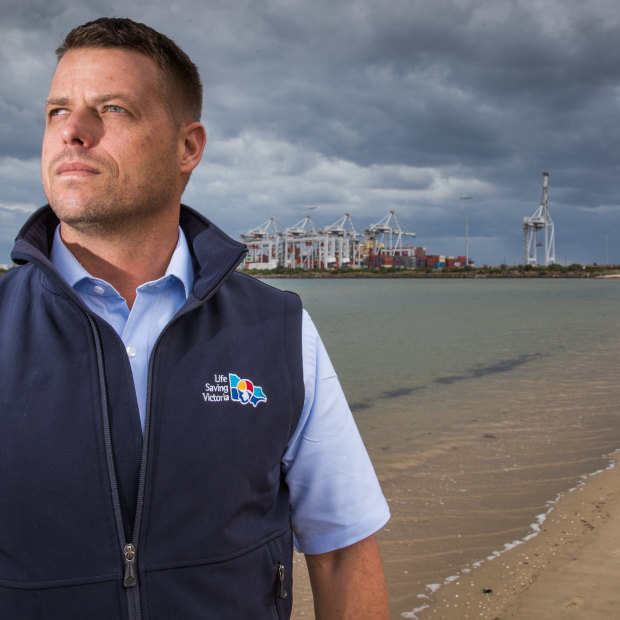
Life Saving Victoria’s general manager of lifesaving services Liam Krige. Credit: Jason South
Liam Krige was in no mood to hold back as he rose to his feet at a council hearing in Geelong earlier this month.
In his allotted few minutes of speaking time, the Life Saving Victoria manager warned the assembled councillors they would soon be responsible for drowning deaths in their community.
Krige was appearing at a review panel hearing into the City of Greater Geelong’s proposed budget, which threatens to cut almost $50,000 for Life Saving Victoria. That money usually goes towards patrolling popular ocean beaches, including Thirteenth Beach, Ocean Grove and Barwon Heads.
“If the lifeguard ceases at these locations, we will see people drowned,” he told the evening meeting.
The emergency service is among many groups, charities and libraries left reeling after the City of Greater Geelong unveiled plans to slash funding in a bid to rein in a mounting financial crisis.
The council plans to put about $82 million in projects on hold, while stripping funds for community programs and events amid soaring construction costs.
Councillors will vote on whether to adopt the proposed budget later this month - offering a glimmer of hope some cuts may not proceed.
The financial woes come even as people flock to Greater Geelong, which has become increasingly cosmopolitan. The population increased from 270,776 in 2021 to 276,116 last year, hurtling towards an expected half a million by 2047.
For many residents and community leaders, the savage 2023-24 draft budget is emblematic of a governance crisis enveloping Victoria’s second-biggest city.
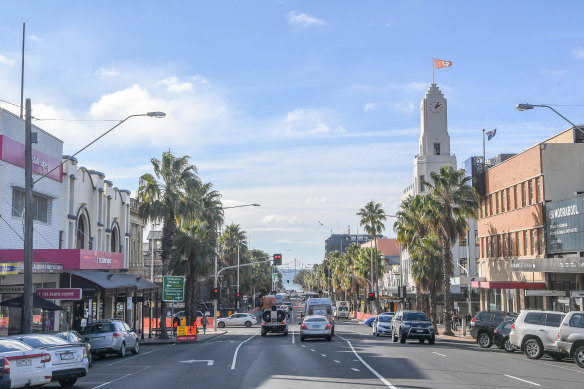
The City of Greater Geelong is under severe financial strain and is preparing to slash services.Credit: Justin McManus
The Australian Services Union (ASU) fears more job cuts are coming and flagged serious concerns about high staff turnover and workplace culture after 19 positions in the council’s community life division were cut.
The union also fears workers are paying the price for a bungled IT project that blew out dramatically in cost.
Meanwhile, the state government has installed municipal monitors to scrutinise the council and the process to replace former chief executive Martin Cutter, who announced his intention to resign almost a year ago.
Earlier this year, the Chief Municipal Inspector wrote to the government requesting it stop the appointment of a new chief executive, amid concerns about the recruitment process.
The recruitment has since resumed, but it remains unclear when councillors will appoint a permanent successor, instead leaving director Kaarina Phyland acting in the role.
In the past year alone, two councillors have quit, with one taking up a seat in Victorian Parliament’s upper house for the Greens while the other cited family and work commitments.
The council is also at loggerheads with Victorian MPs, including Geelong MP Christine Couzens, who recently told the ABC she wanted the Andrews government to consider appointing administrators to run the city.
This all comes as enormous challenges lie ahead – including the 2026 Commonwealth Games, in which Geelong will host an athletes’ village, nine sports and the closing ceremony.
One Geelong councillor, who asked to remain anonymous to speak freely, said it was unthinkable the funding cut to Life Saving Victoria would go ahead.
“It would be a PR disaster for a council that cares about PR and spin,” they said.
The councillor also echoed union concerns about plummeting staff morale: “There are departments that have been totally decimated by staff departures and people taking stress leave and sick leave.”
The recent controversies have reawakened bitter memories of the tumultuous period when the state government sacked the former council in 2016, while paparazzi photographer-turned-politician Darryn Lyons was mayor.
An inquiry into that council, tabled in the Victorian Parliament, found it was beset by “bullying, harassment and inappropriate interventions by councillors pursuing their own wants and ward interests”.
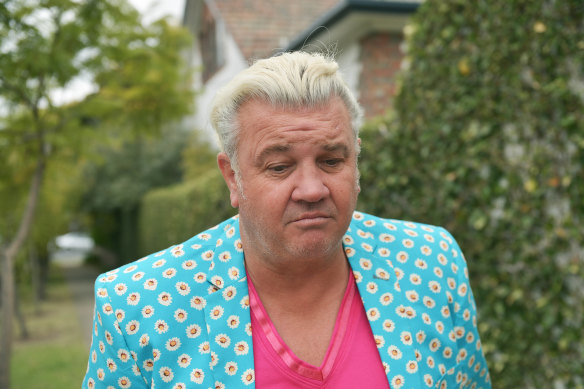
Darryn Lyons in 2016 after being sacked as mayor of Geelong.Credit: Joe Armao
The sacking was a dramatic culmination to an ambitious political experiment where Geelong residents voted for their first directly elected mayor several years earlier.
But far from being consigned to history, signs of chaos are resurfacing.
Police were called to a council meeting last month amid simmering tensions between city hall and the Geelong Regional Library Corporation, after the corporation said it had no choice but to cut branch opening hours in response to a $762,000 reduction in council funding.
Residents were furious with the council. Author Gideon Haigh returned to Geelong for the council meeting and interjected, saying the councillors should be ashamed of themselves.
“Geelong, in my view, has suffered a decade of hopeless administration that never seems to change,” he wrote in The Guardian.
The immediate past chief executive of the library corporation, Patti Manolis, says the City of Greater Geelong wields enormous influence as a centre for education and healthcare while employing more than 1800 full-time staff.
She believes the brutal funding cuts and shabby treatment of community groups have inflicted lasting damage on the city’s relationships with residents. “There’s an issue of trust that will have to be rebuilt,” she adds.
Geelong-based charity Give Where You Live Foundation is among those community groups and stands to lose $20,000.
The charity works to improve education and employment for disadvantaged people while tackling homelessness and poverty in the region.
Chief executive Bill Mithen said the council funding is a tiny part of the charity’s overall budget, and it had recently lost much more in state government contributions. But he was particularly troubled to learn of the council’s cut via a late-night email.
He said some staff members made redundant had worked in crucial community services roles, leaving organisations like his charity in limbo.
Mithen said he was also worried about the council’s apparent attitude to the most impoverished people in the community, as expressed through its budget and staff cuts.
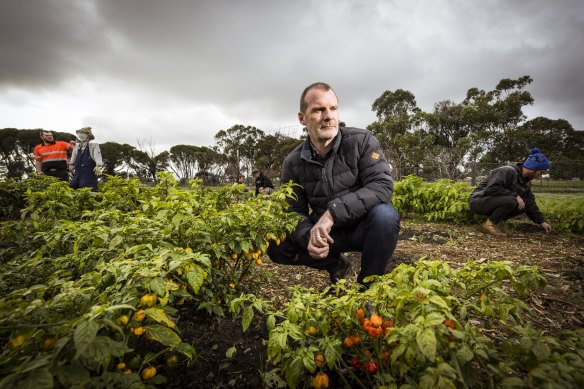
Give Where You Live Foundation chief executive Bill Mithen is frustrated with Geelong council’s funding and staff cuts. Credit: Chris Hopkins
“I’m desperately disappointed,” he said. “It targets communities that already have significant challenges to overcome.”
But the council maintains strong action is necessary amid heavy financial pressure. Mayor Trent Sullivan said construction costs were rising faster than inflation, while all councils were subject to a 3.5 per cent rate rise cap.
“This was a hard draft budget to put together, and we understood many parts of it would not be popular,” he said.
Sullivan argued councils were now shouldering more of the financial burden for libraries, arguing the state’s contribution had declined.
But the council’s public statements have done little to ease concerns from the ASU. It wants tougher intervention from the state government and is seeking an independent external audit of the council’s finances.
In a letter to Local Government Minister Melissa Horne earlier this month, the union said a failed information technology project had contributed to the council’s parlous financial state.
Internal sources say the “digital modernisation” project blowout has surpassed $15 million.
“Surprisingly to date no one has been held accountable for this gross mismanagement,” the union’s letter said. “Now the community and the workforce are having to bear the brunt of this financial incompetence and mismanagement.”
Acting chief executive Phyland did not comment on the cost of the digital project, which aims to increase online services, but confirmed councillors halted it in May 2022 while they commissioned a review.
She said the council was now preparing to resume the program.
Phyland said the council has been clear with the community about its intention to increase efficiency.
“For any organisation, undertaking major efficiency or change programs requires hard decisions to be made by leaders and employees,” she said.
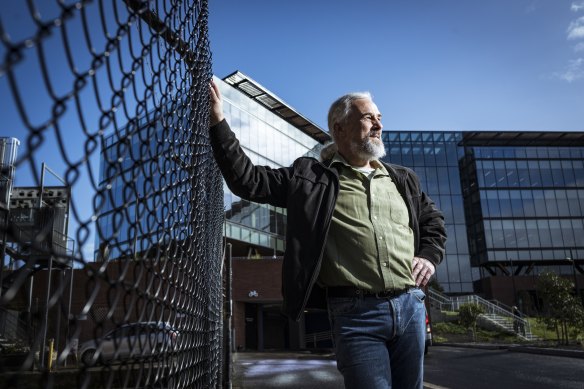
Geelong Ratepayers Association president Peter Mitchell, who has raised concerns about the council’s financial management, outside the new offices.Credit: Chris Hopkins
But Geelong Ratepayers Association president Peter Mitchell believes the council over-committed with its range of projects in construction, including the recently completed civic centre to which it contributed a reported $102 million. “I’m concerned about that cost,” he says.
The council maintains it is saving money on rent by consolidating nine different offices into one.
But Mitchell cites the new aquatic centre and library complex, both in the suburb of Drysdale, as further examples of construction projects that have strained council coffers.
A state government spokeswoman said Geelong residents deserve a council that represents their needs, and it was imperative it had a positive and inclusive culture.
Meanwhile, Life Saving Victoria’s Krige said it was “reckless at best” for the council to stop funding the emergency service. Beyond the potential for more deaths in the water, he fears the move will lead to job losses.
It is not too late, he insists, for the council to change course.
The Morning Edition newsletter is our guide to the day’s most important and interesting stories, analysis and insights. Sign up here.